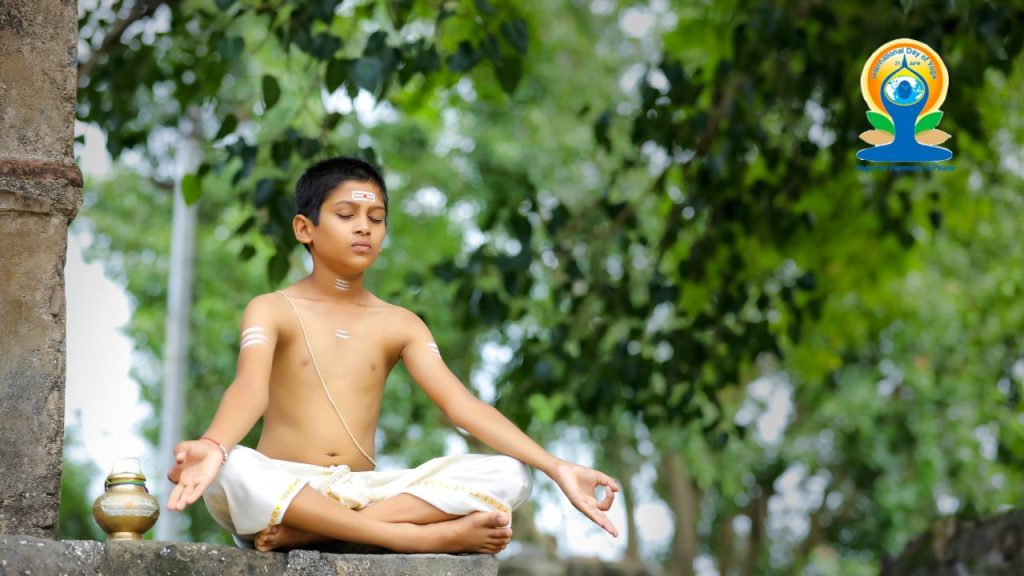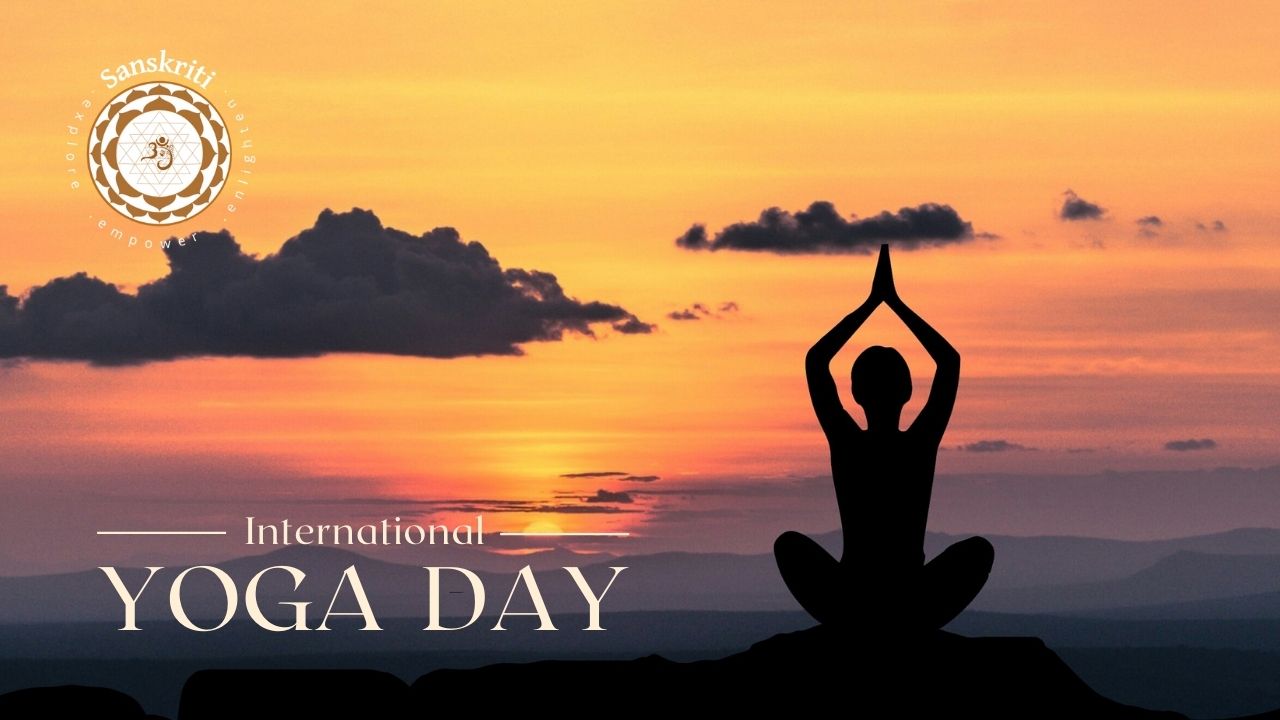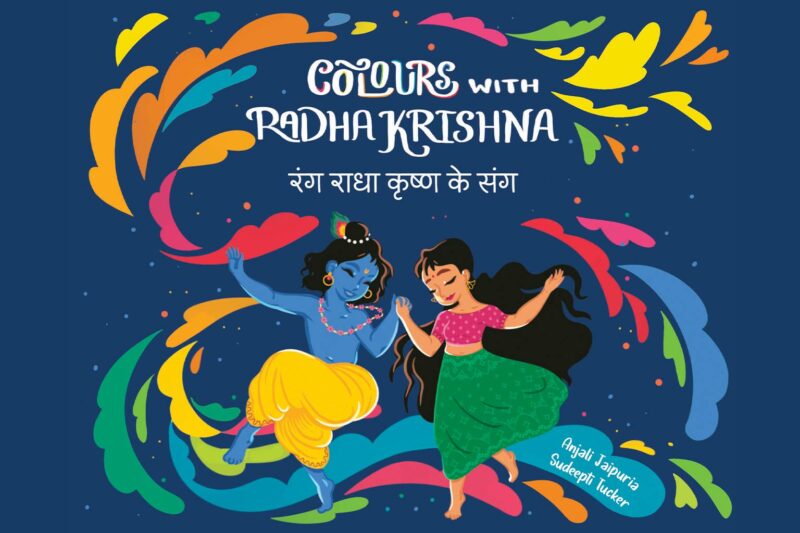Yoga is an ancient science of living a healthy life which originated in India 5000 years ago. It is one of the six systems of Indian philosophy, known as darshana, and is based on the principle that our body and mind are interdependent and are parts of the same whole rather than separate entities. Yoga emphasizes that regular practice can help us develop an inner calmness while improving physical fitness as well as strength, flexibility and balance. Today, yoga has gained global recognition with celebrities like Richard Gere swearing by its benefits.
Yoga is an ancient science of living a healthy life which originated in India 5000 years ago.
Yoga is an ancient science of living a healthy life which originated in India 5000 years ago. It is a way of life and a way of thinking. Yoga is not just physical exercise, but a way to improve your mind and body.
The practice of yoga has been around for thousands of years, but in recent years it has become more popular as people discover the benefits this practice can provide. These days, there are many different types of yoga classes available ranging from those that focus on specific aspects such as balance, strength or flexibility through to Vinyasa Flow Yoga (flow) which combines dynamic movement with breathing exercises for an invigorating workout that improves flexibility and increases strength while reducing stress levels at the same time!
On September 27, 2014 Prime Minister Narendra Modi proposed to the United Nations General Assembly (UNGA) to celebrate 21st June as the International Day of Yoga.
In 2014, Prime Minister Narendra Modi proposed to the United Nations General Assembly (UNGA) to celebrate 21st June as the International Day of Yoga. As a result, on December 11, 2014 India was designated as a permanent member of the United Nations Security Council.
The proposal was made by Prime Minister Narendra Modi on the occasion of the International Day of Yoga in 2014. The proposal was accepted by UN Secretary General Ban Ki-moon and thus India has been celebrating it ever since then.
The proposal for an International Yoga Day was supported by 177 member nations, the highest number of co-sponsors ever for any UNGA Resolution.
The proposal for an International Yoga Day was supported by 177 member nations, the highest number of co-sponsors ever for any UNGA Resolution. The resolution was adopted on December 11, 2014 and it called upon member states to observe 21 June as the International Day of Yoga.
Narendra Modi, who is also India’s Prime Minister, had requested world leaders to support the motion during his address at United Nations General Assembly meeting in New York on September 27th 2014. He said that “Yoga connects body and mind”, adding that it “removes social barriers” and “restores ecological balance”. His speech was well received by other world leaders including UN Secretary General Ban Ki-moon who also endorsed Mr Modi’s call for a day dedicated to yoga.
Yoga has now gained global recognition, with a number of famous personalities like Richard Gere and Lady Gaga swearing by its benefits.
Yoga has now gained global recognition, with a number of famous personalities like Richard Gere and Lady Gaga swearing by its benefits. These are two examples of how yoga has become popular in the west. Yoga is therefore a great way to stay healthy and fit, and it is also believed to help improve your concentration levels. A lot of people practice yoga on an everyday basis either at home or in a studio near them, making it easier for them to practice this form of exercise regularly.
The growing popularity of yoga in modern society has often led experts to question its Indian roots and authenticity.
Yoga is one of the oldest Indian arts, dating back to about 5,000 years ago. Yoga is not just a physical exercise; it’s an ancient science of living a healthy life. The growing popularity of yoga in modern society has often led experts to question its Indian roots and authenticity. Some people believe that yoga originated from other countries such as China or Japan, but this is not true because there are many evidences available that prove that yoga was invented by Indians thousands of years ago.
The fitness industry in India is expected to grow by leaps and bounds over the coming years, making it an attractive investment opportunity for international players.
The fitness industry in India is expected to grow by leaps and bounds over the coming years, making it an attractive investment opportunity for international players. The industry’s market size is expected to reach $2.4 billion by 2020 from $1.3 billion in 2015, according to a report published by market research firm Technavio. This growth will be driven by factors such as an increasing number of people adopting healthy lifestyles, rising health consciousness among urban consumers and increasing disposable income among middle-class families.
The demand for yoga classes has increased significantly over the past few years due to their wide range of benefits including improved mental health, reduced stress levels and better sleep quality; all of which can have a profound effect on our overall health and well-being in both mind & body! These days you’ll find lots of people practicing yoga regularly either at home or at local gyms/studios etcetera…
Conclusion
Yoga is an ancient science of living a healthy life which originated in India 5000 years ago. On September 27, 2014 Prime Minister Narendra Modi proposed to the United Nations General Assembly (UNGA) to celebrate 21st June as the International Day of Yoga. The proposal for an International Yoga Day was supported by 177 member nations, the highest number of co-sponsors ever for any UNGA Resolution.











